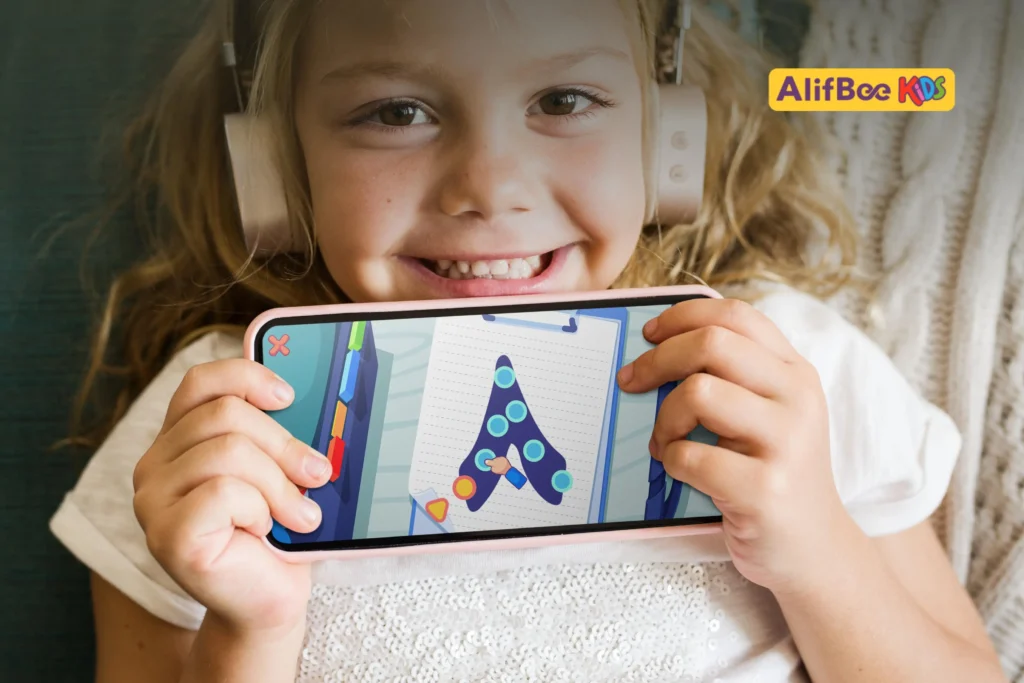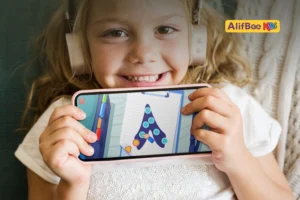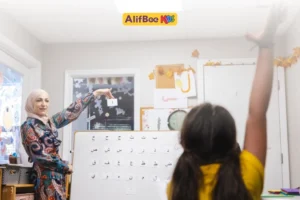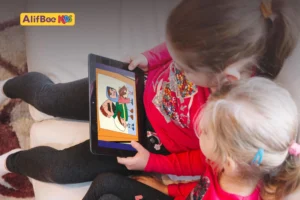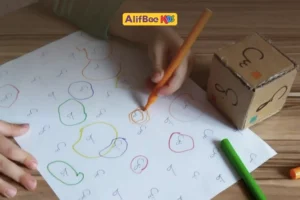Learning how to count is typically the most exciting first step when teaching children Arabic. The ideal starting point is with Arabic numbers for kids.
Building the groundwork of a fresh language can seem like a major adventure. Achieving it early helps kids to develop confidence and pride, inspiring them to continue along their language path.
One of the most widely spoken languages in the world, Arabic opens up possibilities for a rich culture and valuable skills in modern society. In this guide, you will find simple, enjoyable, and effective methods to help your child grasp the Arabic numbers 1–10. Learning should always be exhilarating, not simply another class; hence, the key is to make every moment fun.
Why Teach Kids Arabic Numbers 1-10 First?
The best starting point for any kid who wants to learn Arabic numbers is counting. They are so practical and used every day that a child may quickly grasp and apply these figures in real-life situations.
Kids benefit from knowledge of the Arabic numerical system in several ways. To start with, memorizing these first ten digits is a delightful activity that improves mental and cognitive capacity.
Additionally, early exposure to another language and culture broadens kids’ perspectives and fosters a global view. Ultimately, merging mathematical abilities with language learning is a great approach to provide a remarkable academic experience.
The Arabic language uses two different sets of numbers. Generally, we are familiar with the English numbers, which are (0, 1, 2, 3, 4, 5, 6, 7, 8, 9). However, the Arabic-speaking world primarily uses Eastern Arabic numerals (٠, ١, ٢, ٣, ٤, ٥, ٦, ٧, ٨, ٩) for everyday counting that are read from right to left.
English Meaning
Pronunciation
Arabic Word
Eastern Arabic Numeral
One
wāḥid
واحد
١
Two
ithnān
اثنان
٢
Three
thalātha
ثلاثة
3
Four
arbaʿa
أربعة
4
Five
khamsa
خمسة
5
Six
sitta
ستة
6
Seven
sabʿa
سبعة
7
Eight
thamāniya
ثمانية
8
Nine
tisʿa
تسعة
9
Ten
ʿashara
عشرة
10
Your child will become proficient in these unfamiliar sounds with a little practice. This is one of the best ways to teach Arabic to children.
Fun and Easy Ways for Kids to Learn Arabic Numbers
When it comes to teaching kids, it is crucial to keep the class interesting and engaging. Therefore, here are some tips for parents who want to teach their kids Arabic numbers 1 to 10:
Use Songs and Rhymes
Music is a strong memory aid. Children recall information more swiftly when they can sing to a catchy tune. On YouTube, several excellent educational videos feature upbeat songs that teach the first ten Arabic numbers. A quick search for “Arabic numbers song for kids” will bring up many options.
Listening to a song can make learning seem more like a game than a task, thereby facilitating the easy learning of numbers 1-10 in Arabic.
You can also use a call-and-response approach, where you sing a song and your child repeats it back to you. This encourages the new words and makes the activity participatory.
Flashcards and Visual Aids
Visual repetition helps a child’s brain form stronger relationships between an Arabic word, a number, and the item it signifies. Learning Arabic numbers through flashcards is both entertaining and interesting. One side of the flashcards will show an English number and picture, while the other side will display an Arabic number and image.
These cards will enable your youngster to quickly learn the Arabic digits one through ten. You could also organize a scavenger hunt, play a matching game, or ask your child to identify the Arabic numbers to make learning even more enjoyable.
Daily Counting Practice
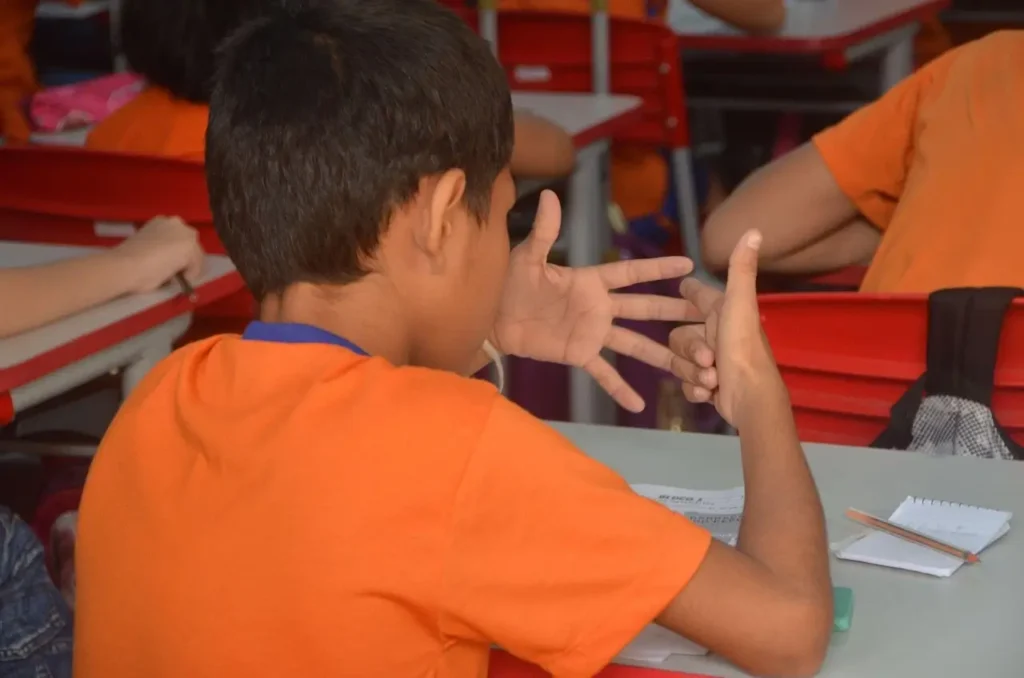
Ensure that you integrate Arabic counting into your daily routine. For instance, ask your child to count their toys in Arabic numerals or to count the steps of the staircase. This method helps your child become familiar with Arabic numbers, making it very useful.
For example, you can ask your kids a question like, “Can you give me five (5) carrots?” You can even count their toy cars like: “wāḥid, ithnān, thalātha…” Those just beginning to learn the numbers benefit greatly from this method. Children learning the Arabic numbers 1 to 10 for the first time can count their toes and fingers.
Interactive Games and Apps
A variety of apps and online games, such as the AlifBee App, can enhance the learning process of Arabic numbers for kids. Search for apps and games that offer challenges to the kids when learning Arabic, making it a fun practice. You can trace every figure in some applications.
Learning Arabic numbers through games and apps is both fun and effective. Always ensure that you encourage and support your child throughout their educational journey.
Storytelling with Numbers
Try teaching your kids the Arabic language by involving Arabic numbers in relatable stories. Use examples like “A cat had three (thalātha) kittens.”, or “The monkey ate five (khamsa) bananas.” This will help your child understand and easily grasp how Arabic numbers are used in day-to-day life.
Practice Writing Arabic Digits
Learning the Arabic numbers goes much beyond just pronunciation and identification. Once the kids are well-versed in recognizing the forms and pronunciation of Arabic digits 1 to 10, they may write numbers by hand. Many free printable worksheets with dotted lines are available online to assist your child in mastering writing and tracing each number.
Quick Tips for Parents Teaching Arabic Numbers
The following brief, practical suggestions will help your child learn and understand Arabic much more easily:
- Be Consistent: Even five minutes a day of practice can have a remarkable impact. Learning through repetition is strongly advised, as sustained attention is more essential than sporadic, brief classes. Consistent, fast-paced exercise helps your child memorize numbers.
- Praise Effort, Not Perfection: Always acknowledge your child’s effort, even if they don’t get the basics right away. Encouragement fosters self-confidence and a desire for knowledge. Remind them that errors are acceptable and that they should keep trying.
- Mix English & Arabic: Use both English and Arabic until your child is at ease. For example, one (wāḥid) and two (ithnān) make the learning process easier. Learning a second language involves the usual language change process.
● Learn Together as a Family: Studying a fresh language is more fun in a group. Bring siblings or other relatives. Either count together or create a fun game for everyone in the class to play.
Printable Chart of Arabic Numbers 1-10 (Free Resource)
Our free printable chart can help your child learn and practice Arabic numerals. The most effective way to use it is by hanging it in your child’s classroom or bedroom. The Arabic numeral, English number, and an image will help children to better understand every number.
Daily use of it is possible as a joyful exercise tool; you only need to download and print it. This will serve as one of the most effective tools to help your child learn the Arabic numbers 1-10.
Conclusion – Make Arabic Numbers Fun for Kids
The journey may be exciting and fulfilling for children learning Arabic. A good place to start is by learning the Arabic numbers 1–10 through entertaining games, music, and flashcards. These playful methods turn learning into an adventure, adding interest and success to the process.
Your child will quickly learn these first steps with regular practice and plenty of encouragement, thereby developing a solid foundation for their Arabic learning path. They will eventually count to ten in Arabic with confidence and a smile.

